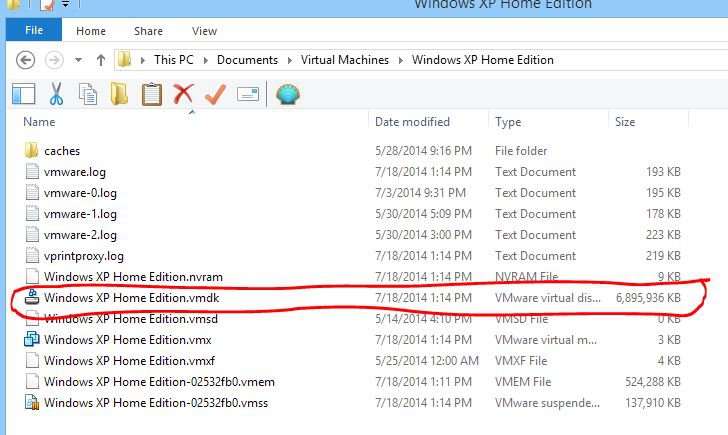

However, the budget is limited, so strongly consider where and how your company wants to spend its money. The actual delivery of the application from a VM, container or cloud resource must be configured correctly and tuned in each case, so take a narrow case-by-case approach rather than one for the whole IT deployment overall.Ĭloud resources are essentially infinite, so resource availability is not a challenge for application performance. We often focus on restrictions and limitation in virtualized resources, but setting priority on workloads can be just as critical to the overall operations of the application. Use the same types of settings with both networking and I/O traffic priorities.

In virtual environments, set priority for CPU usage for high transactional loads and memory reservations for intense lookups. Does the application have a highly transaction-driven process or a more intense lookup process? The answer can quickly shift attention from a CPU-driven process to a memory-driven one. To start application performance tuning, dig into the resource usage profile. And IT teams should query what the optimal resources are for the expected user base: 100 or 10,000? Balance the app designer's settings with the available environment, and use this information as a starting point for reliability and performance from day one. Optimal might cover only the top of the range of acceptable application performance, however. Every application designer has optimal settings for the application's resources. To properly size and scale a deployment, start with the application requirements as a guideline - but don't treat them as laws. Proper-sizing also sets applications up well for a move to the cloud, where the organization pays for however many resources the application consumes monthly, rather than in cyclical data center capacity refreshes. Performance tuning starts with resourcesĪpproach application performance tuning through the idea of proper-sizing resources. Sometimes, more expenditures are worth it: Choices such as network bandwidth or storage tiers are much deeper than just a cost question if the application fails to function properly due to constraints. Overallocation is similar to overeating - not good for your health - and it's expensive and time-consuming as well. For example, a single-threaded application won't run faster with multiple CPUs, no matter how many it gets, and other workloads in the virtual environment might end up starved for processing power. In fact, too liberal resource allocation can do damage to the overall environment, causing unnecessary contention. It's a myth that slow applications simply need more resources. Not all applications run the same on the same hardware, virtual or physical. Application performance tuning comes down to the things that surround the application and matching the right IT resources to a given application.
#FINETUNE FILE SYSTEM PERFORMANCE INSTALL#
Similarly, routine server and application maintenance - clean up the application install points and remove old logs and temporary files - helps but won't correct larger issues. You might hear calls to fix the code, but often, the issue slowing down an application isn't as deep as faults in the source code. Application performance tuning covers a wide range of possible options.


 0 kommentar(er)
0 kommentar(er)
